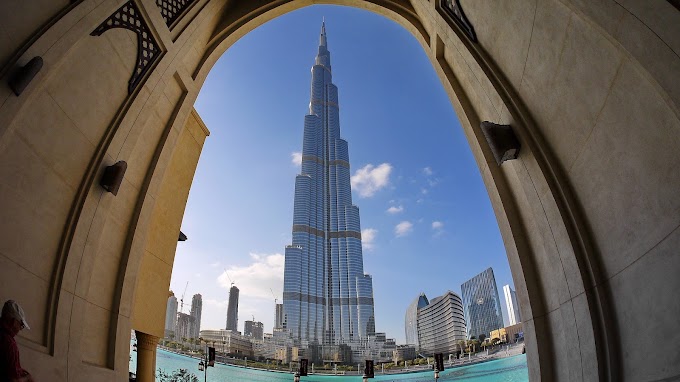
Photo: Siruseri IT Park Butterfly Building in Chennai
Credit:By Kforkanish - Own work, CC BY-SA 3.0, Visit
Photo: Metro Train at Ekkatuthangal Station in Chennai
Credit:By Rahuljeswin - Own work, CC BY-SA 4.0, Visit
Chennai Citizens line up for drinking water, eleven million people are without water due to drought. That is the current situation in the Indian city of Chennai — a situation that has been growing increasingly dire in recent weeks as the city hit their own version of Day Zero.
While Cape Town garnered considerable attention last year as its reservoirs dropped to dangerously low levels, what we see in Chennai is one step worse. Not only is it requiring emergency measures to ensure basic drinking water needs are met for its residents, but the broader consequences will likely be severe. From health to economy, a lack of water will cause a growing impact upon the people of Chennai.
Photo: Flood in Chennai
Credit:By Vijayingarsal - Own work, CC0, Visit
Yet Chennai is not alone. It is one of many cities globally that are increasingly on the front lines of freshwater challenges. More severe drought and flooding cycles are the front edge of climate change and cities are often badly exposed due to their geographic locations — often along the banks of large river systems that are now vastly over-allocated and often poorly mismanaged.
WWF has, for many years, worked on the forefront of water risk issues. While our focus has historically been corporate water risks, cities face similar challenges. Accordingly, in 2018 we undertook an assessment of cities around the world. Drawing upon The Nature Conservancy’s Urban Water Blueprint efforts and using WWF’s enhanced Water Risk.
Assessment based on The Nature Conservancy Urban Water Blueprint & WWF Water Risk Filter
Some such as Kolkata, Istanbul or Tehran are perhaps intuitive, others such as Bangkok, perhaps not so much. What’s also notable among-st the list is the number of these cities that have faced not only drought and scarcity in recent years (e.g. Karachi is facing its own Day Zero) but also large and damaging floods (e.g. Lima, Dhaka, Bangkok, Paris).
Drought risk facing cities across the globe, Building off of our success in shifting the discourse in the corporate sphere, WWF is now in the process of building out its efforts to mobilize cities as water stewards.
We will be building new materials to think through how concepts of water stewardship can be transposed to cities. We will be extending analysis of future flood and drought projections to cities around the world, with a strong focus on cities in Asian deltas which face a combination of challenges as rivers become fragmented, starving them of flows and sediment. We will be working with our WWF Cities colleagues, to build upon their successful One Planet City Challenge to think through how we can support cities to enhance their water resilience.
Lastly, we will be exploring ways to engage cities on Bankable Water Solutions and think through nature-based solutions, including Ramsar Wetland Cities, as part of our broader global efforts to use water as leverage (Chennai is one of the three cities involved in the Dutch-led Water as Leverage initiative) and scale up the level of engagement to match the level of the challenge.
Chennai is another canary of what is to come. We must not ignore the fact that water challenges are here to stay, and that to solve them, we need to work together not only in urban areas, but in basins upstream to restore nature and dampen the cycles of extremes that harm too many. People and nature can ill afford for Day Zero to become the new norm.








0 Comments